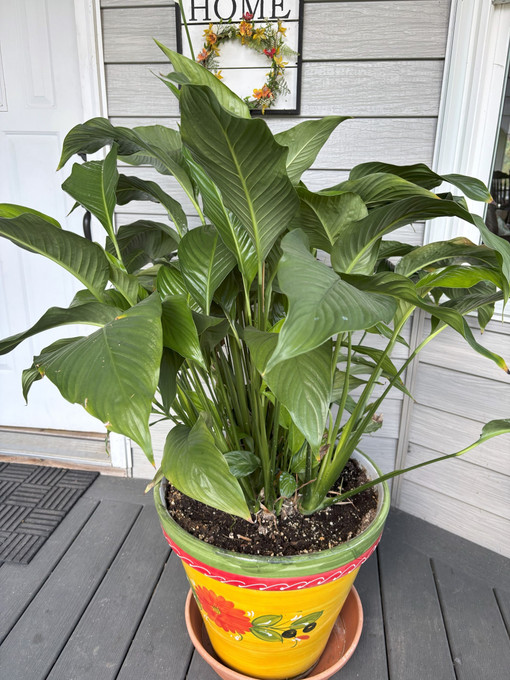
5 Easy Steps on When and How to Bring Your Houseplants Inside
11th Sep 2025
They look so good!
If you’ve put your houseplants outside this season, by the end of the summer, many of those indoor/outdoor plants are looking their very best. They've enjoyed elevated levels of warmth, light, humidity, and fertilizer over a long season. Added sunshine, rain, and ventilation is just the spa vacation we all need after a winter cooped up indoors!
But the days are noticeably shorter, and the temperatures are cooler in the mornings and evenings. It’s time to bring them in – so how do bring those newly vibrant houseplants inside without bringing in pests, or shocking them with a different environment?
1) Make the transition less painful – Start sooner than you think
For the most part, houseplants are tropical plants that cannot be left outside in cold climate gardens. Your houseplants will act as indoor décor during the long months of winter, and you want them looking their best.
To make the transition less painful, give the plants as little change in environment as you possibly can. That means moving them inside before those indoor/outdoor differences become too great – particularly nighttime temperatures.
If you wait until the 11th hour on the night of your first frost and haul them indoors to a drier, warmer, lower-light position, they will most likely react by dropping a lot of leaves.
2) Bathe, Inspect and Evaluate
It’s important to give your plants a hose bath:
- washing off dust and debris,
- thoroughly soaking the growing medium, and
- perhaps most importantly, inspecting each leaf and treating the plant for visible pests.
Check each leaf of your plants carefully front and back for the telltale signs of pests.
If not the pest itself, then leaf damage or indeed black mold which lives on the honeydew excreted by sucking insects.
3) Treat, and Then Treat Again
Hitchhiking pests such as aphids, spider mites, mealy bugs, and scale can rapidly become a problem in a warm indoor environment without insect predators.
Pests can travel into the house on ornaments and on pots, not just leaves. Make sure you check and treat all surfaces.
Horticultural soap is very effective on soft-bodied insects such as aphids, whereas horticultural oil works well on hard-bodied insects like scale by smothering them. Repeated treatments are necessary as there are several stages to a scale insect’s life cycle, and eggs may be protected by the bodies of adult insects.
Another alternative is to use a systemic insecticide. Wedel's suggests using Hi-Yield Systemic Insect Granules to protect your plants from insects lurking in the soil. This can be used in potted plants outdoors and
4) Find The Perfect Place & Don’t Forget Your Saucers!
Once you’ve committed to another beautiful winter indoors, you’ll need to decide where it’s going.
If you’ve been gardening for many years, chances are you’ve ruined more than one indoor surface with an overwatered plant. We never think we have overwatered a plant until we come back and find it sitting on a swollen, warped surface. Even if you are the most careful person in the world, it could happen. Save yourself the stress, invest in plastic saucers to go underneath the pretty saucers that you have.
Water issues are not just about drips. Condensation can build up between the saucer and the floor and cause mildew and disfigurement of the surface. Small spacers placed between the surface and the saucer will keep airflow from allowing this to happen.
5) Schedule Your Plant Care
Give your plants what they need on a regular basis. Strong houseplants that are not picky high-maintenance partners need three main things from you during the winter months when sunlight is low and growth is slow: regular water, regular feeding and regular pest inspections.
indoors and should be used as a preventative.
Article from the National Garden Bureau by Marianne Willburn with notes added by Wedel’s
